Results 9,671 to 9,680 of 12096
Thread: Anandtech News
-
07-09-19, 01:27 PM #9671
Anandtech: Apple’s MacBook Air Gets True Tone Display, Lower Price Tag
Apple on Tuesday introduced updated versions of its entry-level MacBook Air notebooks. Apple’s mid-2019 MacBook Air laptops feature the company’s True Tone displays and lower price tags when compared to their predecessors introduced last October. Separately, Apple discontinued its 2017 MacBook Air machines that featured previous-generation design.
Apple’s mid-2019 MacBook Air notebooks come in silver, space gray as well as gold colors and are based on Intel’s low-voltage 8th Gen dual-core Core i5 processor with UHD Graphics 617 (previously known as codenamed Amber Lake Y), the same chip used for late-2018 MBA models. Depending on exact configuration, the new MacBook Airs can be equipped with 8 GB or 16 GB of LPDDR3 memory as well as a 128 GB, 256 GB, 512 GB or 1 TB PCIe SSD.
The key difference between the 2018 and 2019 MacBook Air laptops is their display. The notebooks to use a 13.3-inch IPS panel featuring a 2560x1600 resolution and a 227 PPI pixel density. Meanwhile, the new machines support True Tone technology that automatically adjusts white balance depending on the surrounding environment and lighting.
Other notable features of Apple’s latest-generation MacBook Air notebooks include two Thunderbolt 3 ports, 802.11ac + Bluetooth 4.2 controller, a large trackpad, the Apple T2 chip, Touch ID fingerprint reader, and everything else that you come to expect from a modern mobile PC.
Traditionally, Apple’s MacBook air are among the thinnest and lightest notebooks around at 1.56 cm z-height as well as 1.25 kilograms. Because Apple’s MacBook Air uses Intel’s low-power CPU and comes with a 49.9 Wh battery, it can work on one charge for up to 12 hours, which is longer when compared to 13.3-inch MacBook Pro machines.
In a bid to make its MacBook Air laptops more popular, Apple slashed price of the entry-level model by $100 and from now on it will be available for $1,099 (down from $1,199 previously). In addition, qualifying students in the USA can get the new MBA starting at $999.MacBook Air Specifications Model 2019 (Base) 2018 (Base) 2017 (Base) Dimensions 0.41 - 1.56 cm x 30.4 cm x 21.2 cm 0.30 - 1.7 cm x 32.5 cm x 22.7 cm Weight 2.75 lbs (1.25 kg) 2.96 lbs (1.35 kg) CPU 1.6 GHz (3.6 GHz Turbo)
Core i5
2 CPU Cores1.8GHz (2.9GHz Turbo)
Core i5-5350U
2 CPU CoresGPU Intel UHD Graphics 617 Intel HD Graphics 6000 Display 13.3-inch 2560x1600 IPS LCD
DCI-P3 with True Tone13.3-inch 2560x1600 IPS LCD
DCI-P313.3-inch 1440x900 TN LCD Memory 8GB LPDDR3-2133 8GB LPDDR3-1600 SSD 128GB PCIe SSD 128GB PCIe SSD I/O 2x USB 3.1 Type-C
w/Thunderbolt 3
3.5mm Audio
Touch ID2x USB 3.0 Type-A
1x Thunderbolt 2
SDXC Card Reader
3.5mm AudioBattery Capacity 49.9 Wh 50.3 Wh 54 Wh Battery Life 12 Hours 12 Hours Price $1099 $1199 $999
Related Reading:
- Apple Announces 2018 MacBook Air: Entry-Level Laptop Gets Essential Refresh
- Apple Refreshes Mac Laptops: Pro, Vanilla, & Air All Get New CPUs
Source: Apple
More...
-
07-09-19, 01:27 PM #9672
Anandtech: GALAX Announces HOF Pro M.2 PCIe 4.0 x4 SSD: Up to 5 GB/s
GALAX has introduced its new flagship SSDs featuring a PCIe 4.0 x4 interface and sequential read performance of up to 5 GB/s. The new HOF Pro M.2 drives will demonstrate all of their advantages when installed inside systems based on AMD’s Ryzen 3000-series processors as well as AMD’s X570 based motherboards, as these are currently the only PCIe 4.0 compatible consumer hosts on the market.
Based on Phison’s PS5016-E16 controller (8 NAND channels with 32 CE targets with up to 800 MT/s speeds, 4th Gen LDPC ECC engine, 28nm, etc.) and Toshiba’s 3D TLC NAND memory, the GALAX Hall-of-Fame Pro SSDs are set to be available in 500 GB, 1 TB, and 2 TB capacities.
As far as sequential performance is concerned, the GALAX HOF Pro SSDs offer up to 5 GB/s read speeds as well as up to 4.4 GB/s write speeds, depending on the model and capacity. As for random performance, GALAX opted for firmware enabling up to 750K read IOPS as well as up to 700K write IOPS.
To ensure maximum performance, the GALAX HOF Pro SSDs are equipped with a large aluminum cooling system featuring a copper heat pipe. This cooling system naturally makes the drives incompatible with laptops, but since at present there are no notebooks based on AMD’s X570 platform, this is hardly a substantial drawback. Another important aspect about the new SSD is its white PCB, which will be appreciated by modders with white components.
To make the GALAX HOF Pro drives more appealing to enthusiasts, the manufacturer supplies it with Xtreme Tuner software for SSDs. The application monitors temperature, endurance, and other information about the drives to enable higher performance and reliability.
The GALAX HOF Pro SSDs will be available in the coming weeks. Pricing will depend on the country, yet since we are talking about top-of-the-range drives, the cost will be likely accordingly high.Specifications of the GALAX HOF Pro SSDs Model 500 GB 1 TB 2 TB Form Factor M.2 2280 Interface NVMe, PCIe 4.0 x4 Controller Phison PS5016-E16 NAND Flash Toshiba BiCS4 3D TLC Capacities 500 GB 1 TB 2 TB Sequential Read (max) 5000 MB/s 4900 MB/s 5000 MB/s Sequential Write (max) 2500 MB/s 4400 MB/s Random Read (max) up to 750K IOPS Random Write (max) up to 700K IOPS Warranty ? years Write Endurance ? ? ? TBW ? ? ? Release Date July 2019
Related Reading:
- Phison PS5016-E16 PCIe 4.0 SSDs: Random Read/Write Performance Disclosed
- Corsair Announces MP600 NVMe SSD With PCIe 4.0
- More 2TB PCIe 4.0 SSD Options: Patriot with Custom Firmware coming Q4
- TeamGroup Cardea Zero PCIe 4.0 x4 SSD: Up to 1 TB
- Galax Goes White: A PCIe 4.0 2TB SSD with a White PCB
- Essencore 2 TB PCIe 4.0 SSD Enters The Game
Source: GALAX
More...
-
07-09-19, 05:14 PM #9673
Anandtech: Apple’s Entry-Level 13-Inch MacBook Pro Gets Quad-Core CPU & Touch Bar
Apple on Tuesday introduced a new version of its entry-level 13-inch MacBook Pro notebook, which has not seen an update since mid-2017. The new model continues to feature the renowned form-factor along with two Thunderbolt 3 ports, but it now comes with a quad-core CPU, a True Tone Retina display, a Touch Bar and Touch ID. The upgraded versions will replace existing cheap MBPs and therefore Apple will no longer offer its latest MacBook Pros without a Touch Bar.
The mid-2019 entry-level 13-inch MacBook Pro is based on Intel’s 8th Generation quad-core Core i5/i7 processor with Iris Plus Graphics 645 integrated GPU. It is accompanied by 8 or 16 GB of LPDDR3 memory as well as an SSD offering 128 GB – 2 TB capacity. These machines are placed between the more advanced MacBook Pros with four Thunderbolt 3 connectors and the new MacBook Airs (introduced earlier today). The more expensive 13-inch MBP models introduced earlier this year come with considerably faster quad-core processors equipped with Iris Plus Graphics 655, whereas the cheaper MacBook Air notebooks feature dual-core CPUs along with UHD Graphics 617.
Unlike the previous-generation 13-inch MacBook Pro laptops, these new models have the same features as the higher-end SKUs, as they are equipped with Touch Bar, Touch ID fingerprint reader, and the Apple T2 Security Chip. Essentially, all new MacBook Pro machines will now have a Touch Bar (and no function keys), an indicator that the device turned out to be popular with software developers. Of course it remains to be seen whether Apple’s customers will be satisfied with such a design choice as many still need F keys for various special-purpose software (e.g., specific Windows programs).
When it comes to I/O capabilities, the new reasonably-priced 13-inch MacBook Pro notebooks also have the same features as the fully-fledged models (with the exception of two TB3 ports vs. four TB3 ports), including 802.11ac Wi-Fi + Bluetooth 5.0, a 720p HD webcam, a 3.5-mm headset jack, stereo speakers, a large touchpad.MacBook Pro 13-Inch 2019 (Base Models) Model 2019 13-Inch
Higher-End2018 13-Inch
Entry-LevelCPU 2.4 GHz/4.1 GHz
Core i5-8???U
4 CPU Cores
(Coffee Lake)1.4 GHz/3.9 GHz
Core i5-8???U
4 CPU Cores
(Coffee Lake)GPU Intel Iris Plus 655
(128MB eDRAM)Intel Iris Plus 645
(? eDRAM)Display 13" 2560 x 1600 IPS LCD
DCI-P3 Gamut
True ToneMemory 8 GB LPDDR3-2133 SSD 256 GB PCIe SSD 128 GB PCIe SSD Touch Bar Yes I/O 4x Thunderbolt 3 (supports DP1.2 & USB 3.1 Gen 2 modes),
3.5mm Audio2x Thunderbolt 3 (supports DP1.2 & USB 3.1 Gen 2 modes),
3.5mm AudioBattery Capacity 58 Wh 58.2 Wh Battery Life 10 Hours Dimensions 1.49 cm x 30.41 cm x 21.24 cm Weight 3.02 lbs (1.37 kg) Price $1799 $1299
Since cheaper versions of Apple’s 13-inch MacBook Pro laptops use the same chassis as other notebooks in the series, they feature the same weight and thickness (i.e., 1.37 kilograms and 1.49 cm). The machines are outfitted with a 58.2 Wh battery that enables up to 10 hours of operation on one charge.
Apple’s new entry-level 13-inch MacBook Pro notebooks with two Thunderbolt 3 ports are available today directly from Apple for $1,299 and $1,499 depending on the configuration. College students in the US can get a new MacBook Pro starting at $1,199.
Related Reading:
- Apple Refreshes 13 & 15-Inch MacBook Pros for 2019: Adds 8-Core Intel CPUs & Revised Keyboard
- Apple Updates MacBook Pro Family for 2018: More CPU Cores, DDR4, & Same Form Factors
- Apple Refreshes Mac Laptops: Pro, Vanilla, & Air All Get New CPUs
Source: Apple
More...
-
07-10-19, 10:30 AM #9674
Anandtech: Apple Stops Selling 12-Inch MacBook Laptops
Apple has stopped to list its thin-and-light 12-inch MacBook notebook on its website. Since the company has not updated its most compact laptop for two years, the removal of the product from the website may indicate that the MacBook is gone for good, or Apple is prepping a new generation of the machine that will be released at a later date.
Apple introduced MacBook in its current ultra-thin form-factor in 2015 and eventually replaced its 11-inch MacBook Air with the new ultra-portable laptop that offered a better display, thinner design, and lower weight, albeit at a higher price. To make this level of portability possible, all three generations of Apple’s MacBook relied on Intel’s Core Y-series processors with a very low TDP yet moderate levels of performance. One could say that Apple’s MacBook bridged the gap between 10-inch tablets and 13-inch laptops, yet its adoption by end users has never been high mostly because 12-inch mobile PCs target a very niche market.
Apple introduced its new breed of 13-inch MacBook Air notebooks in October 2018. These laptops employ Intel’s codenamed Amber Lake Y processor, feature a decent display, and a very long battery life. While these machines are bulkier and heavier when compared to MacBooks, they have a number of advantages and are cheaper.
Now that Apple has its new MacBook Air along with high-performance iPad Pro tablets, its MacBook may no longer serve its purpose in its current form, which is why Apple has removed it from its website. The laptop will still be available from resellers for a while, but it is evident that Apple believes that demand for this product will shift to other computers it offers.
It remains to be seen whether Apple decides to address the market segment that its MacBook used to serve with a new product any time soon, but for now MacBook is gone.
Related Reading:
- Apple Announces 2018 MacBook Air: Entry-Level Laptop Gets Essential Refresh
- Apple Refreshes Mac Laptops: Pro, Vanilla, & Air All Get New CPUs
- Apple Refreshes MacBook with Skylake-based Core M and New Rose Gold Color
Source: Apple (via MacRumours)
More...
-
07-10-19, 10:30 AM #9675
Anandtech: EK Water Blocks Unveils EK-Vector for AMD Navi Graphics Cards
EKWB this week introduced its first water blocks for AMD’s Radeon RX 5700-series graphics cards. The devices belong to the company’s EK-Vector series products and therefore brings together more or less classic looks, advanced modern cold plates as well as controllable RGB lighting.
The new EK-Vector Radeon RX 5700 +XT water blocks for AMD’s Radeon RX 5700 and Radeon RX 5700 XT graphics cards feature a cold-plate that covers the entire surface of the appropriate add-in-boards and therefore cool the GPU, 8 GB of GDDR6 memory, as well as multi-phase VRM. It is noteworthy that the water blocks channel liquids directly to the said areas in a bid to maximize cooling performance. Traditionally, EKWB’s contemporary water blocks feature Open Split-Flow micro-channels, but the maker does not disclose how many fins the units have.
EKWB’s water blocks use regular G ¼ inch barbs for tubing (brass standoffs are pre-installed) and are compatible with a broad range of custom liquid cooling systems. To guarantee accurate sealing, EKWB’s EK-Vector Radeon RX 5700 +XT water blocks use EPDM O-Rings.
As usual, EKWB will offer several versions of its new water blocks. The base of the blocks is made of copper or nickel-plated copper, whereas their top is made of plexiglass or acetal. The plexi covered block features RGB LEDs on its surface, whereas the black acetal features RGB LEDs on one of its corners and on the terminal. RGB LEDs use a 4-pin 12 V connector and can be controlled by RGB command software from top motherboard makers, including ASUS, ASRock, GIGABYTE, and MSI.
The EK-Vector Radeon RX 5700 +XT water blocks are available for pre-order directly from the company and from its resellers for €124.9 or €129.9 (without VAT), depending on the version. Separately, the company will offer backplates for €26.9 and €33.9, depending on the model. All new devices will ship starting from July 26.
Related Reading:EKWB's EK-Vector Radeon RX 5700 +XT Water Blocks Model Price EK-Vector Radeon RX 5700 +XT RGB - Nickel + Plexi €129.90 EK-Vector Radeon RX 5700 +XT RGB - Nickel + Acetal €124.90 EK-Vector Radeon RX 5700 +XT Backplate - Black €26.90 EK-Vector Radeon RX 5700 +XT Backplate - Nickel €33.90
- EKWB Reveals EK-Vector Water Blocks for AMD Radeon VII Graphics Cards
- EKWB EK-Velocity sTR4: EK’s 3rd Gen Water Block for AMD’s Threadripper
- EKWB Announces EK-Vector RTX Water Blocks for GeForce RTX 2080 & RTX 2080 Ti
- EKWB Releases Full Cover GPU Water Block for Titan V
Source: EKWB
More...
-
07-10-19, 12:30 PM #9676
Anandtech: G.Skill Launches Trident Neo Memory Modules for AMD Ryzen 3000 CPUs
After every major CPU launch leading suppliers of memory modules release DIMMs validated to work with the new platform. This time around G.Skill not only announced DRAM modules that have been tested to work with AMD’s latest Ryzen 3000-series processors (codenamed Matisse) on AMD X570-based motherboards, but actually released a brand new product family, the Trident Z Neo.
Rated to run in DDR4-2666 CL18, DDR4-3000 CL16, DDR4-3200 CL14/CL16, and DDR4-3600 CL14/CL16/CL18 modes, G.Skill’s Trident Z Neo will come in dual-channel kits featuring 16 GB, 32 GB and 64 GB capacities. Some of the kits will require 1.2 Volts, whereas other will need 1.35 Volts or even 1.40 Volts and therefore entail a higher-end motherboard. G.Skill itself validates the new DDR4-3600 modules using the ASUS ROG Crosshair VIII Formula or the MSI MEG X570 Godlike motherboards.
G.Skill’s latest Trident Z Neo DIMMs rely on the company’s custom 10-layer PCB and share design with Trident Z RGB DIMMs with RGB LEDs that can be controlled using software from leading motherboard makers, such as ASUS, ASRock, GIGABYTE, and MSI. Higher-end modules use Samsung’s memory chips, but the company says nothing about DRAMs used for entry-level sticks.
It is necessary to note that the Trident Z Neo are not rebadged Trident Z RGB DIMMs. The new modules feature different sub-timings and voltages that are guaranteed to work optimally with AMD’s Ryzen 3000/X570 platform.
G.Skill’s Trident Z Neo memory kits will be available later this month worldwide from the company’s resellers.
Related Reading:
- The AMD 3rd Gen Ryzen Deep Dive Review: 3700X and 3900X Raising The Bar
- Leading DRAM Makers Release Modules Validated with AMD Ryzen 2000 CPUs
- G.Skill’s DRAM Extremes: DDR4-4000 on AMD Ryzen, DDR4-5066 on Intel Core i7
Sources: G.Skill
More...
-
07-10-19, 04:41 PM #9677
Anandtech: Nintendo Reveals Handheld-Only Switch Lite: With a New NVIDIA SoC?
Nintendo has announced a new version of its Switch game console that only works in handheld mode, yet it is considerably more compact, comes at a lower price point, and works for a longer time on one charge. One of the intrigues about the Switch Lite device is that it might be powered by a new version of NVIDIA Tegra SoC made using a more advanced process technology.
The Nintendo Switch Lite comes with a 5.5-inch LCD featuring a 720p resolution and has built-in controllers that have the same layout as Nintendo’s Joy-Con controllers. The console will support local and online multiplayer modes and will allow up to eight people to play at once anywhere with Wi-Fi. When it comes to style, the gaming device will come in grey, yellow, and turquoise to attract gamers with different tastes. As far as availability is concerned, the Switch Lite will ship on September 20 and will cost $199.99 (down from $299.99 in case of the fully-fledged version).
Since the console is designed for games that support Handheld mode, it cannot connect to TV, work in tabletop mode (because it does not have a kickstand), is not compatible with the Switch dock, does not support HD Rumble as well as IR Motion Camera. The said limitations are fully justified for mobile gaming as the new Switch Lite console is considerably more compact, it weighs 122 grams (0.27 pounds) less, and it works for three to seven hours (up from 2.5 – 6.5 hours in case of the original Switch). The more notable battery life comparison is the 3 hour vs 4 hour gameplay estimate given for Zelda's Breath of the Wild, which is a 33% increase over the original Switch, pointing out to larger efficiency boosts of the hardware.
The longer battery life of the Switch Lite despite its smaller dimensions and presumably a lower-capacity battery may indicate that the Switch Lite is based on a new NVIDIA Tegra SoC produced using a more advanced fabrication process. The original Tegra X1 chip was manufactured on TSMC's 20nm process node, which was not exactly the best node when it comes to power efficiency. Recently we've seen evidence of a revision of the X1 with notable changes in the operating voltages of the chip, which point out that this very well might be a die shrink. We believe that it's likely that the new chip is manufactured in a 16nm or 12nm process node.
Neither Nintendo nor NVIDIA have confirmed usage of a new Tegra X1 inside the Switch Lite console. Meanwhile, as soon as the Japanese gaming giant launches the new product in September, we will find out for sure what is inside after the console gets teared down.Nintendo's Handheld Game Console Specification Comparison Nintendo Switch Nintendo Switch Lite SoC CPU 4x ARM Cortex-A57 GPU NVIDIA Maxwell Display 6.2-inch 1280x720p LCD
(HDMI: 1080p60)5.5-inch 1280x720p LCD Size 102 x 239 x 13.9 mm, 297g (tablet only)
398g w/Joy-Cons91.4 x 208 x 13.9 mm, 277 g Battery 4310mAh (16Whr?)
2.5 to 6.5 Hours
3 hours BotW gameplay3 - 7 Hours
4 hours BotW gameplayStorage 32 GB NAND + microSDXC 32 GB NAND + microSDXC (?) Wireless 802.11ac
Bluetooth 4.1802.11
BluetoothI/O Console USB Type-C - Dock 1x USB 3.0
2x USB 2.0
1x HDMI 1.x
1x USB-C (power only)Launch Date 03/03/2017 9/20/2019 Launch Price $299 $199
Related Reading:
- Playing With Power: A Look At Nintendo Switch Power Consumption
- Nintendo Switch Hardware Launch Details - 32GB w/Expandable Storage, 6.2” 720p Screen, 2.5 to 6.5 Hour Battery Life
- Nintendo Announces Switch Portable Gaming Console - Powered by NVIDIA Tegra
Sources: Nintendo
More...
-
07-11-19, 11:40 AM #9678
Anandtech: The Noctua NH-U12A CPU Cooler Review: Big Performance in a Small Space
Today we are taking a look at Noctua's latest tower CPU cooler, the NH-U12A. It is a CPU cooler intended to fit top-tier cooling performance into a more compact 120 mm cooler, and was developed specifically for users building compact and transportable gaming systems.
More...
-
07-11-19, 11:40 AM #9679
Anandtech: ASUS Dominus Extreme BIOS has Cascade Lake Xeon W-3275 & W-3275M Support
ASUS has released a new BIOS version 0601 for its ROG Dominus Extreme motherboard that ‘improves PCIe compatibility’ when using Intel’s latest Xeon W processors based on the Cascade Lake architecture. The move confirms that existing extreme workstation motherboards originally developed for Xeon W-3175X (and other Skylake-SP products) will work with Intel’s latest Xeon W-3200 processors.
When ASUS launched its ROG Dominus Extreme platform several months ago, the list of supported CPUs was limited to the flagship 28-core Xeon W-3175X as well as several other Xeon Gold and Xeon Platinum processors based on the Skylake-SP design and designed to use the LGA3647 socket.
Recently the company released its new BIOS version 0509 that added support for a variety of Intel Xeon W CPUs featuring the Cascade Lake microarchitecture and a slightly different physical layout. This week the company launched another BIOS version 0601 that is designed to improve PCIe compatibility whe using Intel’s Xeon W-3275/W-3275M products unveiled in early June.
One of the key physical differences between Intel's Skylake Xeon W and Cascade Lake Xeon W processors is that the latter does not reserve 16 PCIe 3.0 lanes for on-package chips (e.g., OmniPath) but instead offers 64 PCIe 3.0 lanes to add-on cards instead. Since the LGA3647 package had all the pins necessary for 64 PCIe 3.0 lanes, but the previous-generation processors did not use them, a new BIOS release was necessary to ensure compatibility with the new Intel Xeon W-3275/W-3275M as well as other new CPUs. Whether these lanes are actually used or not is a different matter.
While it is positive to see that ASUS is taking care about compatibility with Intel Xeon W-3275/W-3275M and its motherboard for extreme workstations, what remains to be seen is whether Intel plans to offer an unlocked Xeon W-3200X for those who want overclocking.
Related Reading:
- Intel Cascade Lake Xeon W-3200 Launched: Server Socket, 64 PCIe 3.0 lanes
- EKWB Water Blocks (CPU and VRM) for the ASUS ROG Dominus Extreme
- Newegg Lists ASUS ROG Dominus Extreme Motherboard, More Xeon CPUs Supported
- Xeon W-3175X Roundup: Intel’s 28-Core at CES 2019
Source: ASUS (via momomo_us/Twitter)
More...
-
07-11-19, 03:39 PM #9680
Anandtech: LG to Start Production of OLEDs in China Next Month, Set to Double OLED Ou
LG Display this week said that its plant in Guangzhou, China, would start full swing operations next month. The factory, which cost LG around $4.2 billion, will produce large OLED panels for Ultra-HD televisions. The new manufacturing capacity will nearly double LG’s output of OLED substrates and will enable the company to cut its costs.
LGD’s new 8.5G (2200×2500) OLED factory in Guangzhou will produce 60,000 substrates for large TVs per month, which will almost double output of the company’s OLED substrates to 130,000 per month. Eventually, the plant will be expanded with the second line and will increase its capacity to 90,000 substrates per month.
One of the world’s largest makers of OLED panels first announced plans to build a plant in China in mid-2017. It took LG Display a year to obtain necessary permissions from the Chinese and South Korean governments and then a year to build the factory. This month the company starts trial production and next month mass production is set to commence
LG Display invested about $4.2 billion in its Guangzhou facility, but it hopes the expenses will pay off. Firstly, there are lower wages in China when compared to South Korea. Secondly, subsidies from the Chinese government will enable LG to cut its depreciation costs by 65%. Thirdly, the new fab could allow LG to offset possible disruption of OLED production in South Korea because of the ongoing diplomatic conflict between Japan and South Korea. Fourthly, it will make LG Display more competitive against companies like BOE in the Chinese market.
Increased output and lower production costs will allow LG to make its OLED panels and therefore OLED TVs cheaper. Still, the exact effect is something that remains to be seen.
Related Reading:
- Supply of DRAM, NAND & Displays Could Be Disrupted by Japan & South Korea Dispute
- LG To Close Korean Phone Manufacturing Plants - Relying On Cheaper Overseas Factories
- LG Announces The New G8 & V50 5G ThinQ
- CES 2019: LG Announces Signature OLED TV R - A Rollable TV
Sources: The Investor, OLED Info
More...
Thread Information
Users Browsing this Thread
There are currently 11 users browsing this thread. (0 members and 11 guests)




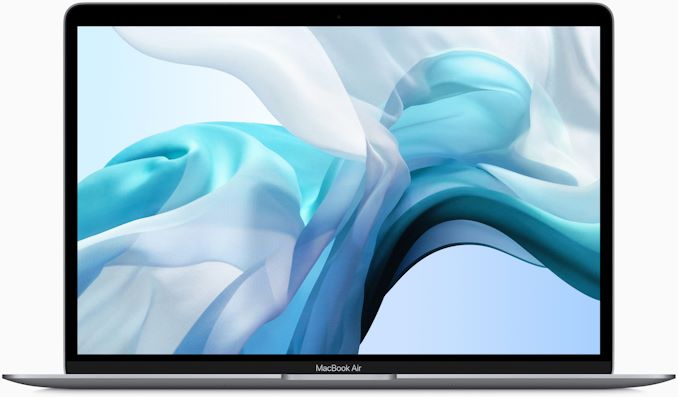
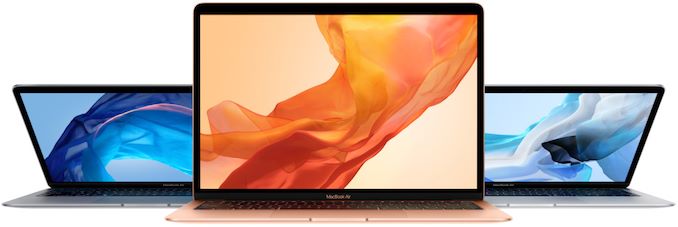
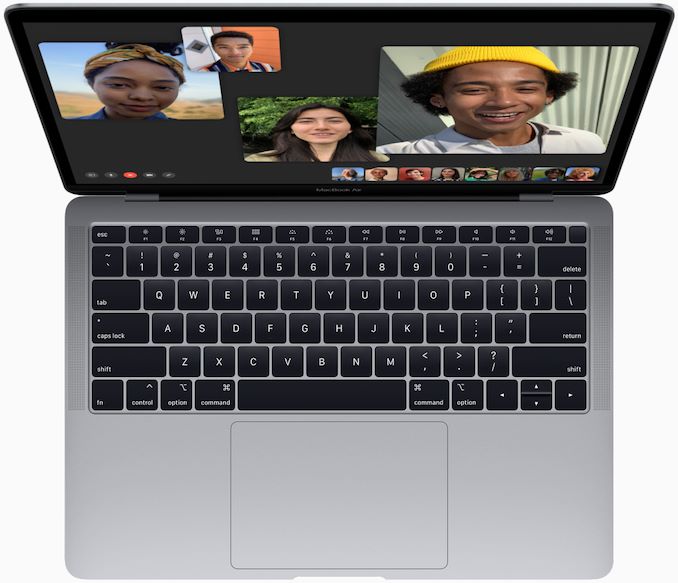

 Quote
Quote

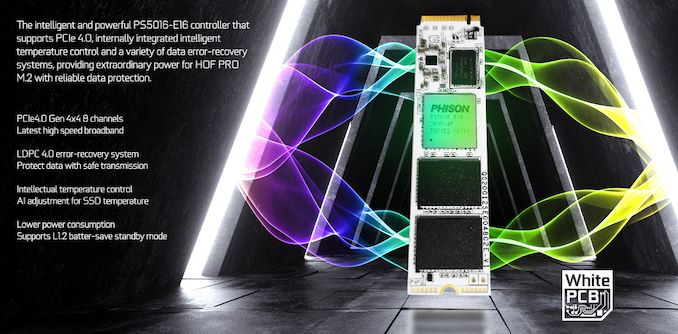
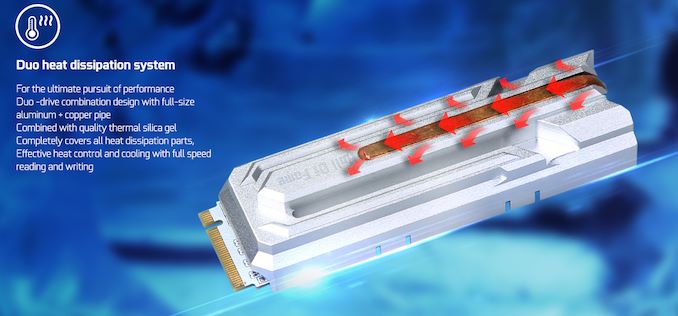
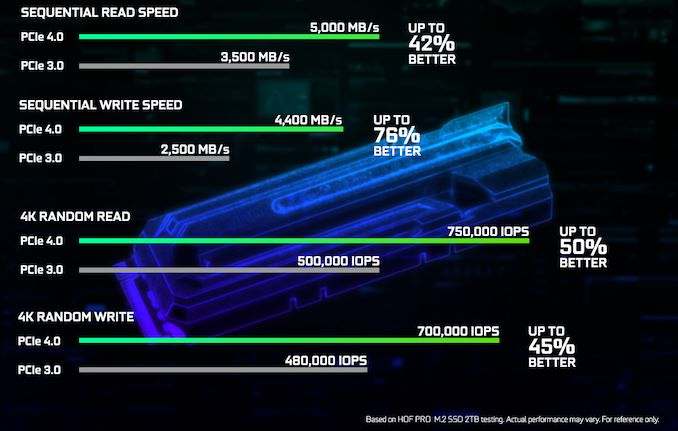
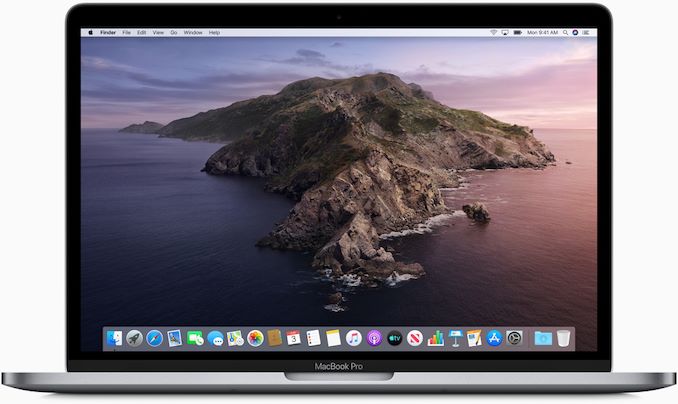
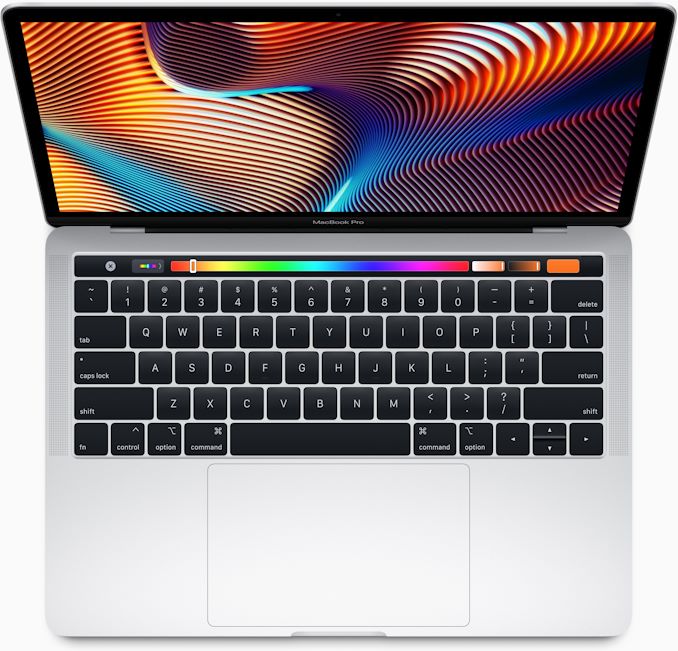

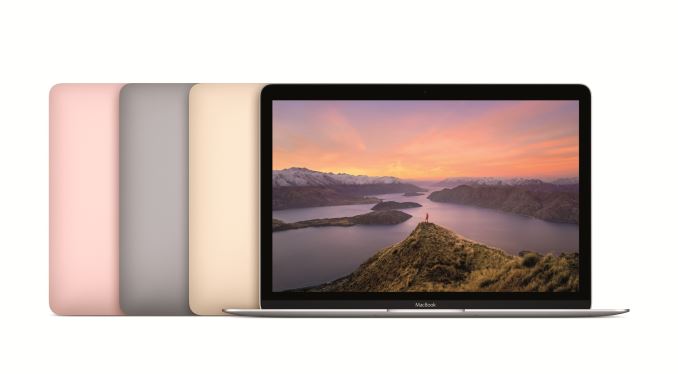
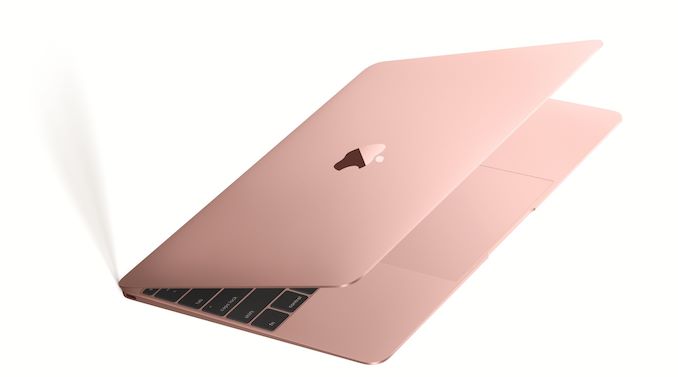

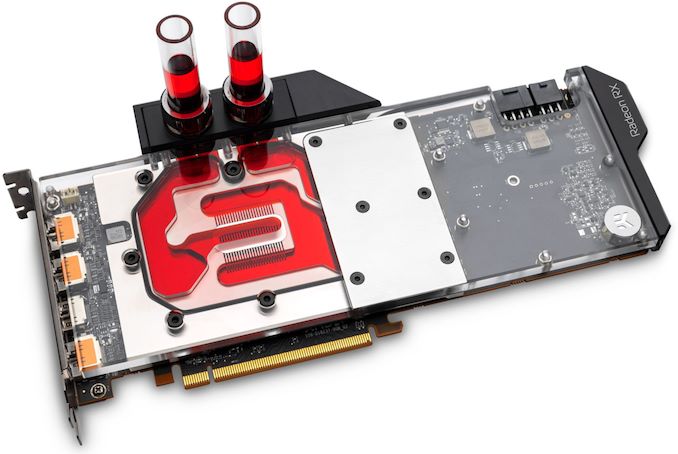
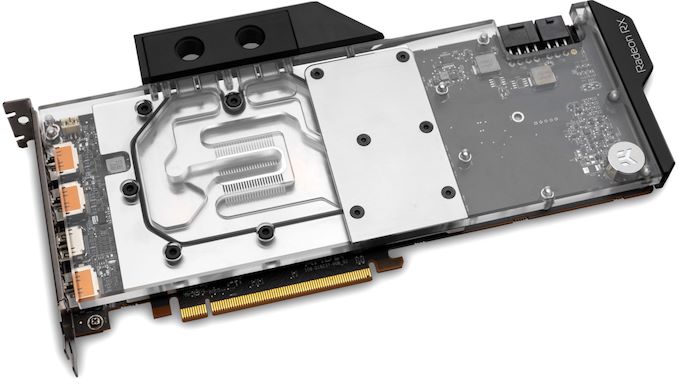


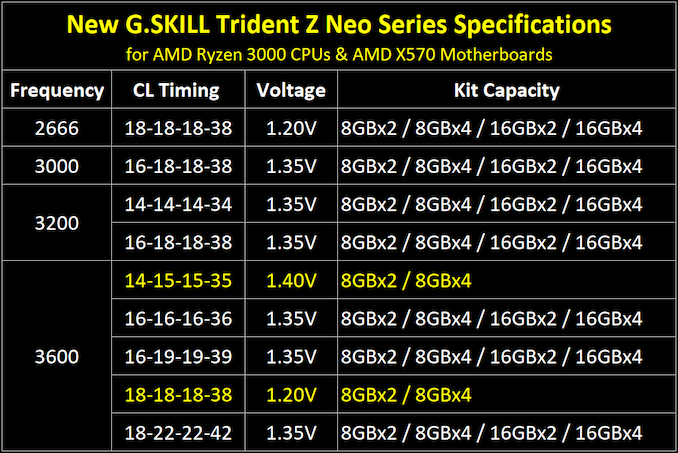
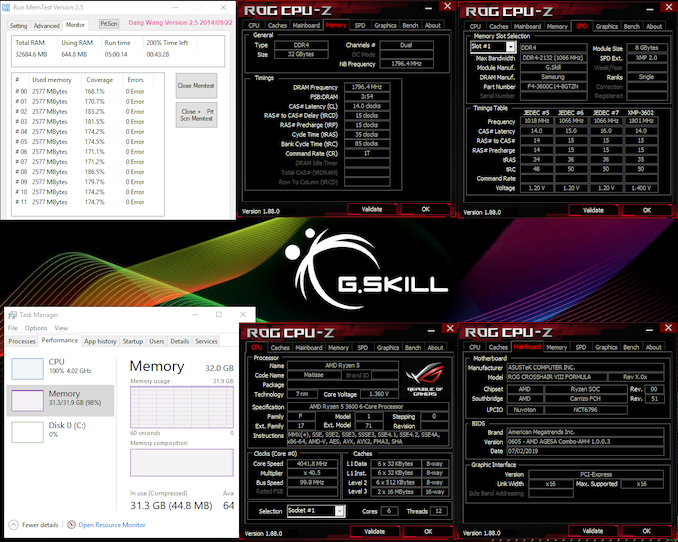
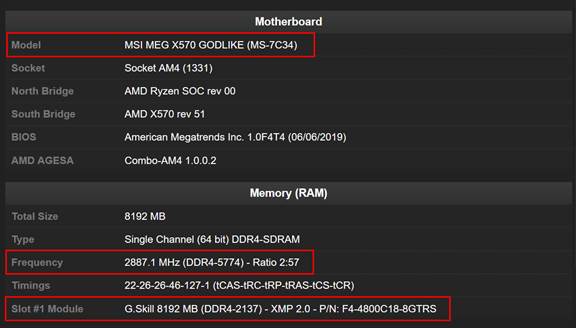
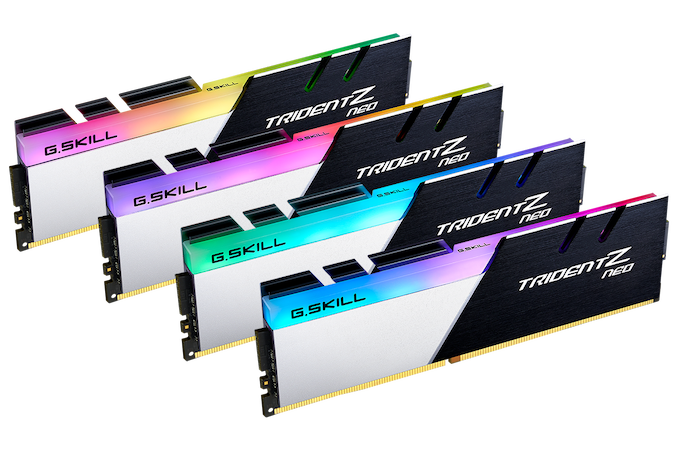
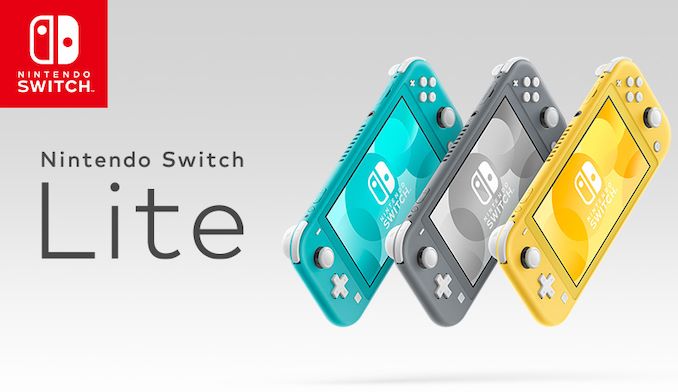
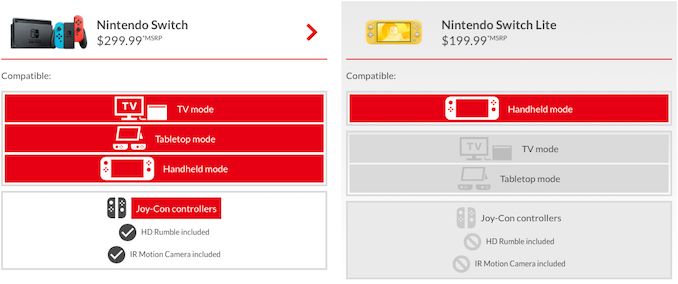


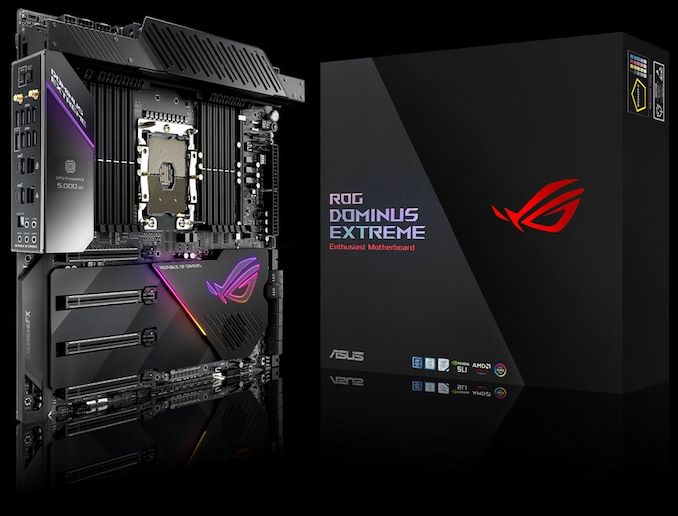
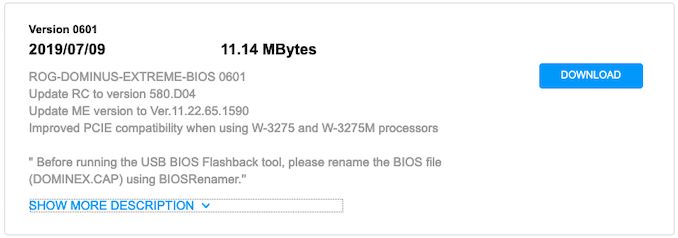
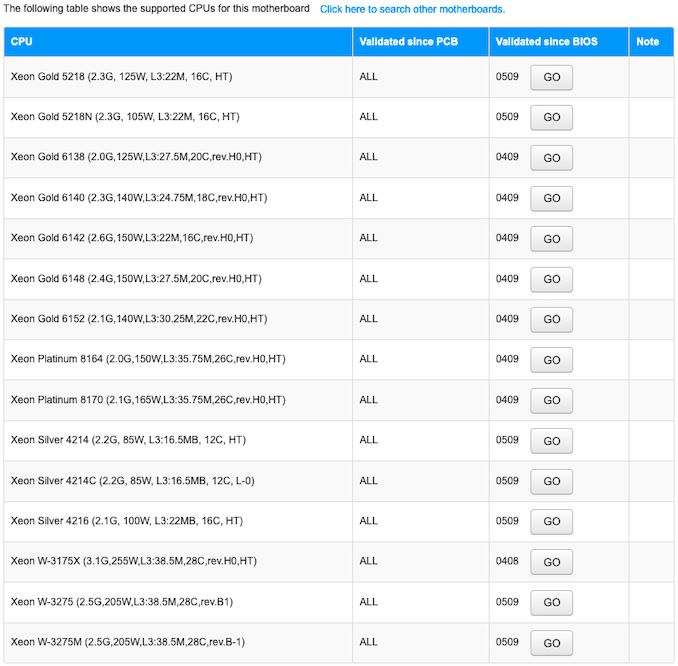
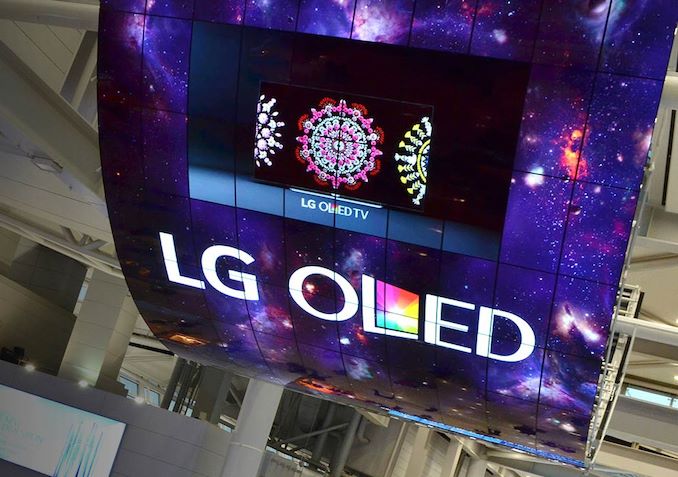
















Bookmarks